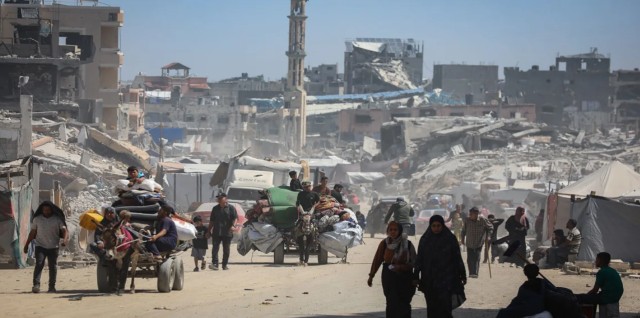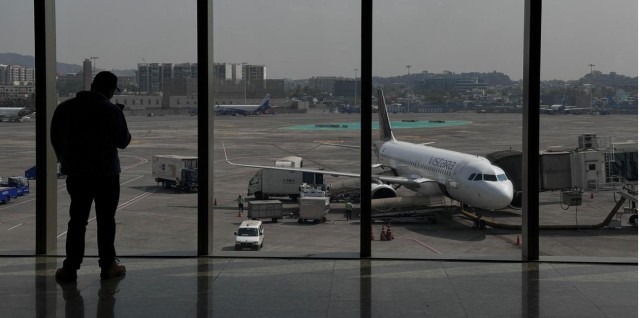
FILE - The helicopter carrying Iranian President Ebrahim Raisi takes off at the Iranian border with Azerbaijan after President Raisi and his Azeri counterpart Ilham Aliyev inaugurated dam of Qiz Qalasi, or Castel of Girl in Azeri, Iran, on May 19, 2024. While the cause of the May 19 crash remains unknown, the sudden death of the hard-line protégé of Iranian Supreme Leader Ayatollah Ali Khamenei exposed the contradictions and challenges facing the country's Shiite theocracy. (Ali Hamed Haghdoust, IRNA via AP, File)
DUBAI, United Arab Emirates (AP) — Iranian President Ebrahim Raisi, along with the foreign minister and six others, boarded a helicopter bound for a new oil pipeline near Tabriz. Despite deteriorating weather conditions, the helicopter took off and crashed into a mountain about 145 kilometers southwest of its destination.
The cause of the May 19 crash remains unknown. The incident underscores the complexities and challenges facing Iran's Shiite theocracy. Iranian military investigators, who faced criticism over their handling of the Ukrainian airliner crash in 2020, are probing the incident. The rescue efforts involved seeking assistance from the United States, highlighting a significant shift in Iran's relations.
While the investigators have ruled out certain possibilities, including sabotage or cyberattacks, questions linger regarding the flight's decision-making process and adherence to safety protocols. Some officials speculate foul play, while others question the flight path and weather conditions.
The Bell 212 helicopter involved in the crash, despite being almost 30 years old, is still in service in Iran. The country's reliance on aging aircraft, coupled with Western sanctions, has led to challenges in maintaining airworthiness. Sanctions have restricted the supply of parts, prompting Iran to resort to covert means to secure them.
Former Iranian Foreign Minister Mohammad Javad Zarif blamed sanctions for the crash, but U.S. State Department spokesperson Matthew Miller emphasized Iran's responsibility for flight decisions and safety. Questions remain about the delay in locating the helicopter and whether it had emergency tracking systems.
The investigation is ongoing, with attention focused on the flight's authorization and the pressure faced by the pilot. While pilot error may be a factor, the broader circumstances surrounding the flight's approval and execution are under scrutiny. The crash underscores the need for comprehensive safety measures and diligent oversight in aviation operations.















